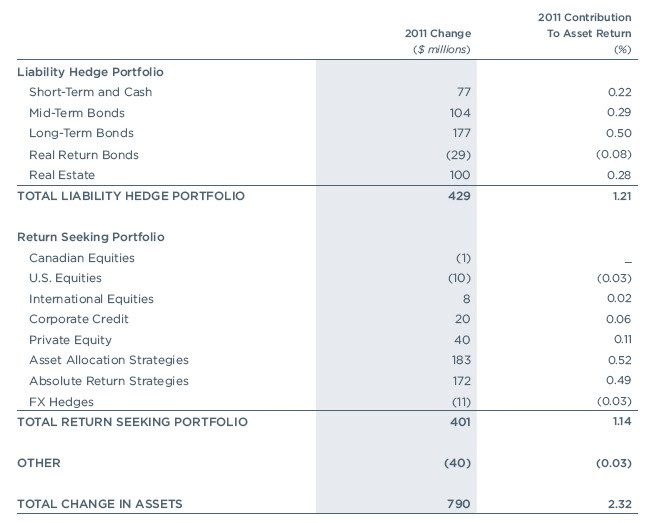Pimco Total Return ETF An Active ETF GameChanger Yahoo Finance Canada
Post on: 30 Июнь, 2015 No Comment

Investing & Planning
Bond fund giant PIMCO launched its highly anticipated Total Return ETF (:TRXT) on Thursday, bringing to market an exchange-traded version of the mutual fund that has accumulated about $250 billion in assets since its debut in the 1980s. The new ETF is the most eagerly anticipated product launch of the last several years–perhaps throughout the relatively brief history of the ETF industry. The new actively-managed ETF will be under the direction of bond guru Bill Gross, one of the most successful and respected fixed income strategists.
Total Return Fund Legacy
TRXT will be benchmarked against the Barclays Capital U.S. Aggregate Bond Index. a broad-based measure of investment grade bonds from U.S. issuers. Gross has consistently outperformed that benchmark since the product launched more than two decades ago, generating excess returns of close to 100 basis points annually. The fund has, of course, had a few bumps in the road; last year the Total Return mutual fund lagged far behind its benchmark after Gross made an ill-timed bet against U.S. Treasuries.
The Total Return fund has gotten off on the right foot in 2012 however, and the allocation to debt of the U.S. government has been steadily climbing for the last several months. According to PIMCO, the institutional shares of the Total Return fund delivered average annual returns of about 8.35% between inception in 1987 and the end of January; over that same period the benchmark index gained about 7.34% annually.
The reputation for regularly besting the benchmark and other broad bond funds helped to generate massive inflows into the Total Return mutual fund; the world’s largest bond fund now has about $250 billion in AUM, a figure that has skyrocketed over the last few years as investors have flocked to the safety of fixed income.
Active ETF Gamechanger?
The launch of TRXT marks a significant milestone for the active ETF industry; Gross is by far the most widely-followed mutual fund manager to wade into the ETF waters. PIMCO has already been quite successful in building asset bases in its active ETFs; the company previously maintained four active ETFs (MINT, SMMU, MUNI, BABZ) that had about $1.5 billion in assets (MINT accounts for the lion’s share of that total).
A number of existing ETFs could see increased competition from TRXT; currently, there are four ETFs that seek to passively replicate the same index against which the PIMCO fund is benchmarked: Vanguard Total Bond Market ETF (:BND), iShares Barclays Aggregate Bond Fund (:AGG), SPDR Barclays Aggregate Bond ETF (:LAG), and the Schwab Aggregate Bond ETF (:SCHZ). Led by BND, those four ETFs have total assets of about $30 billion. SCHZ is the cheapest with an expense ratio of just 10 basis points.
Questions About TRXT
The launch of TRXT is being followed closely by just about everyone in the ETF industry. Many anticipate that the new fund could help to draw interest in active ETFs–something that has been noticeably absent over the last several years (with a few exceptions). There has also been speculation that PIMCO’s increased commitment to ETFs could accelerate the entrance of traditional mutual fund companies who have gathered around the periphery of the ETF space (e.g. Legg Mason).
Financial advisors and institutional investors will be keeping an eye on how closely the performance of the ETF shares lines up with the mutual fund. Besides the general differences between these two structures, there is one additional disconnect in this immediate case; the ETF won’t have the flexibility to use derivatives such as interest rate and credit default swaps, which are regularly utilized within the mutual fund wrapper. The impact of that restriction remains to be seen, and the first several months of trading will shed some light on just how important these instruments may be.
Disclosure: I am long MINT.
Disclaimer: ETF Database is not an investment advisor, and any content published by ETF Database does not constitute individual investment advice. The opinions offered herein are not personalized recommendations to buy, sell or hold securities. From time to time, issuers of exchange-traded products mentioned herein may place paid advertisements with ETF Database. All content on ETF Database is produced independently of any advertising relationships. Read the full disclaimer here .














